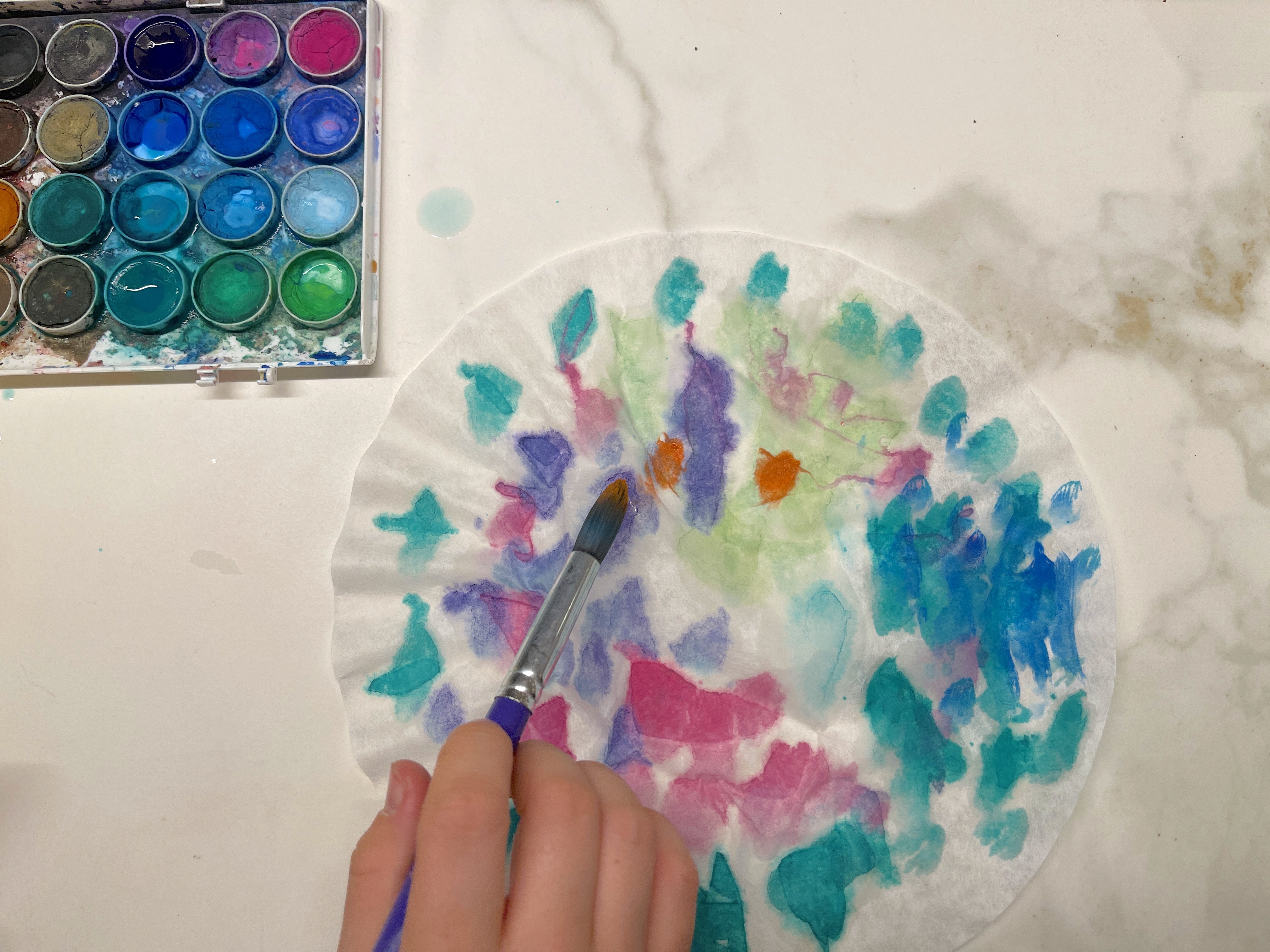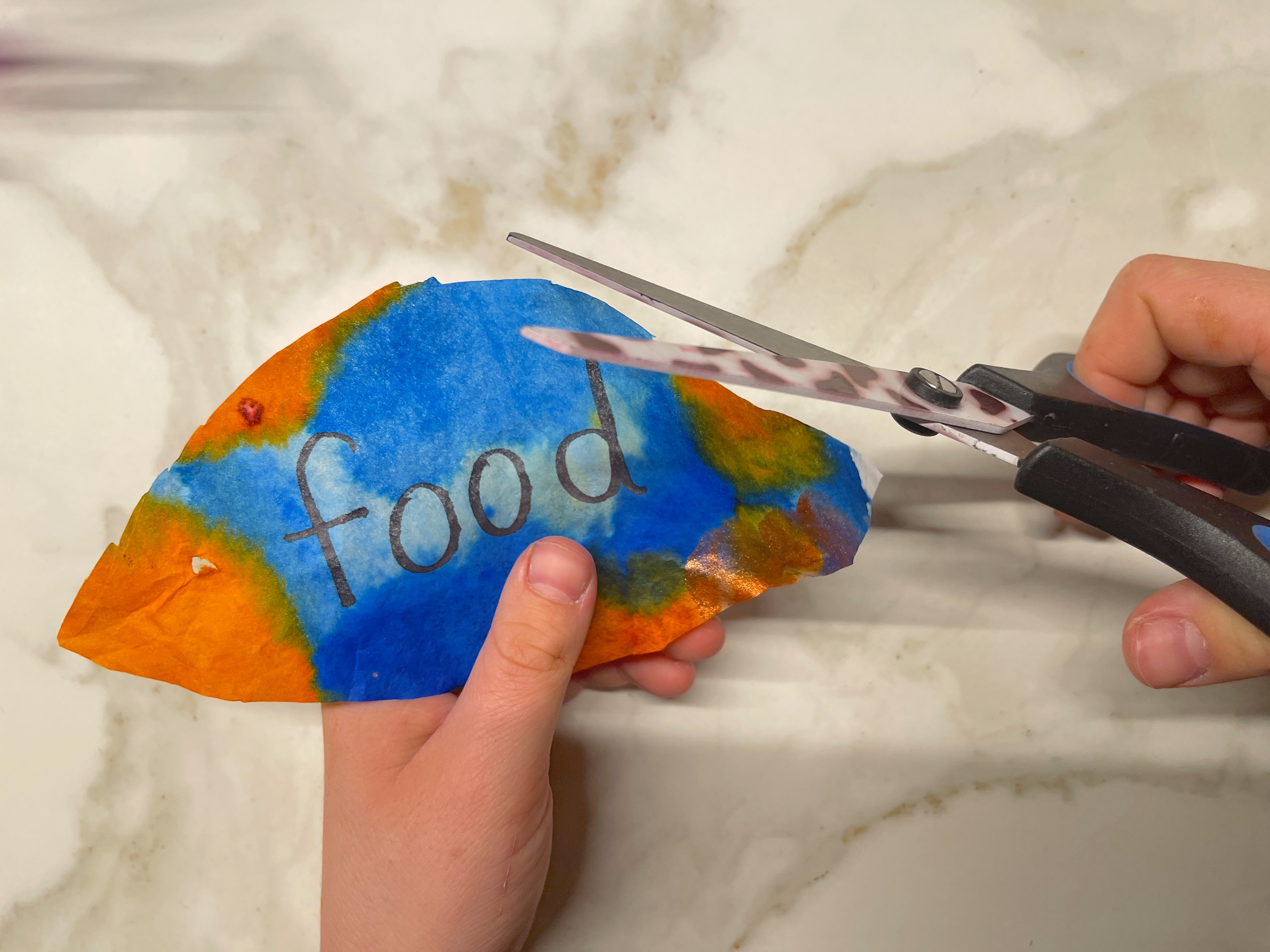A Reggio-Inspired Thanksgiving Tradition
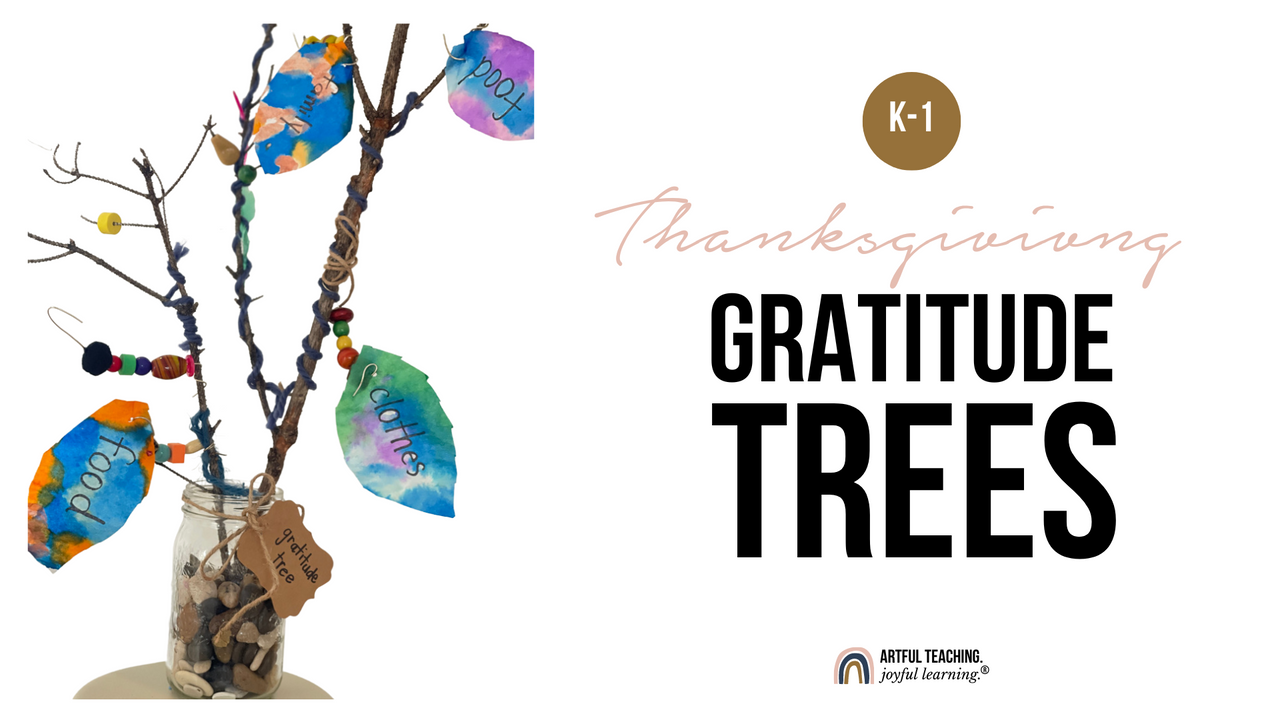
Growing Gratitude Trees: A Reggio-Inspired Thanksgiving Tradition
As we prepare to celebrate Thanksgiving in the US, and as the holiday season approaches, young families begin to create meaningful traditions with families. Some inherited from previous generations, and some newly forged traditions.
As you begin to imagine setting up your Thanksgiving table, imagine a centerpiece that is not only beautiful, but meaningfully child-made, inviting our children to reflect on what it means to be truly thankful.
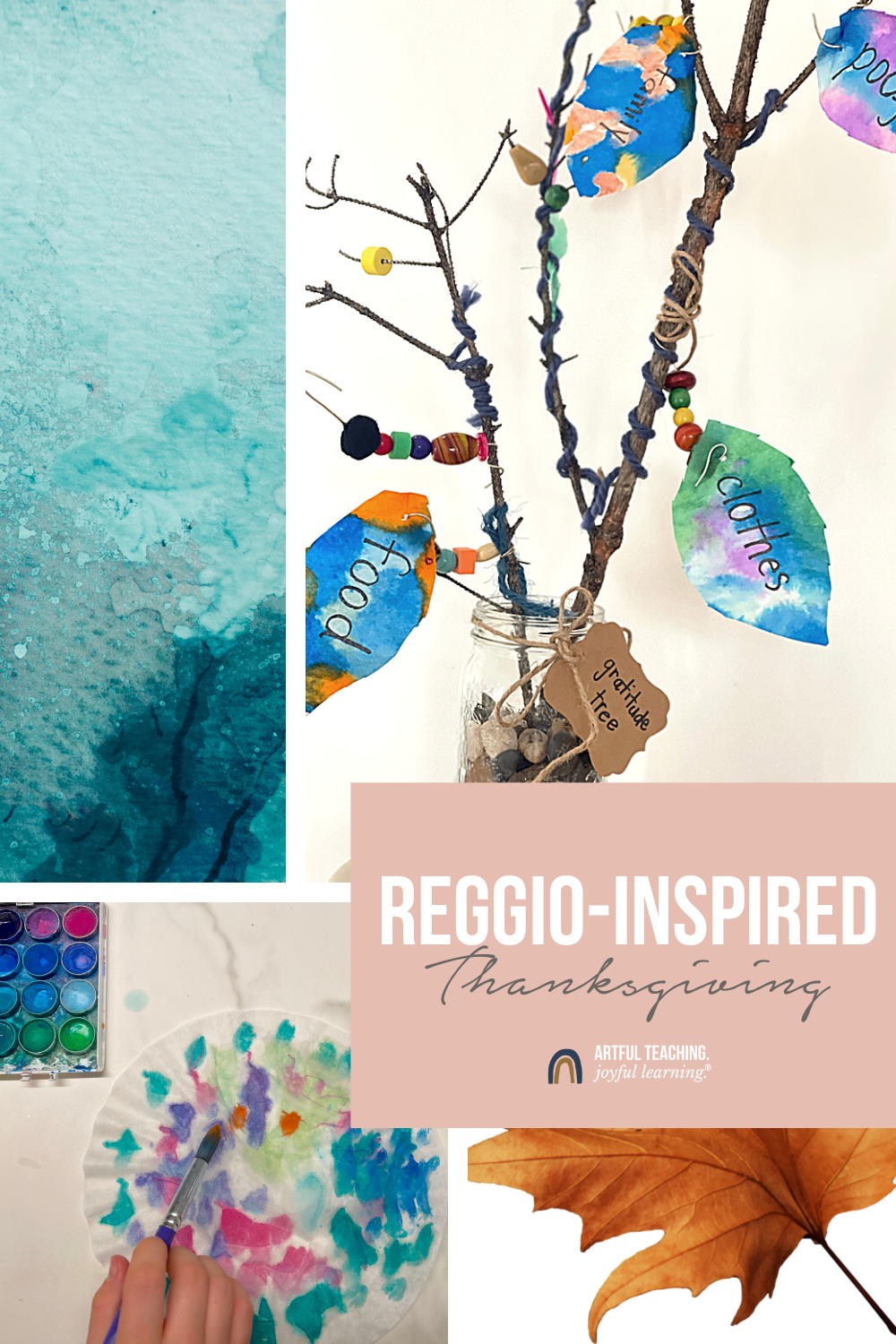
In keeping with a Reggio-inspired approach and the hundred languages of children, this invitation to create is grounded in a process-art approach: no set, cookie-cutter outcome is expected of your child.
Rather, the invitation unfolds with dialogue about gratitude, some beautiful picture books about giving thanks, as well as a watercolor exploration and sculptural loose parts tree where their gratitude grows in the form of watercolor leaves.
What is Gratitude? A Word Splash
Just like warming up before a workout or soccer game, warming up the brain by tapping into our kids’ prior knowledge is good teaching practice. Gratitude can be a very abstract concept for our children, so inviting a mini-discussion about the topic is sure to bring in some interesting ideas. Record them all using a word-splash graphic organizer like this one. What does it mean to be grateful? What are we grateful for? What does the word ThanksGiving mean to you? These are questions that can provoke deeper thinking about the subject.
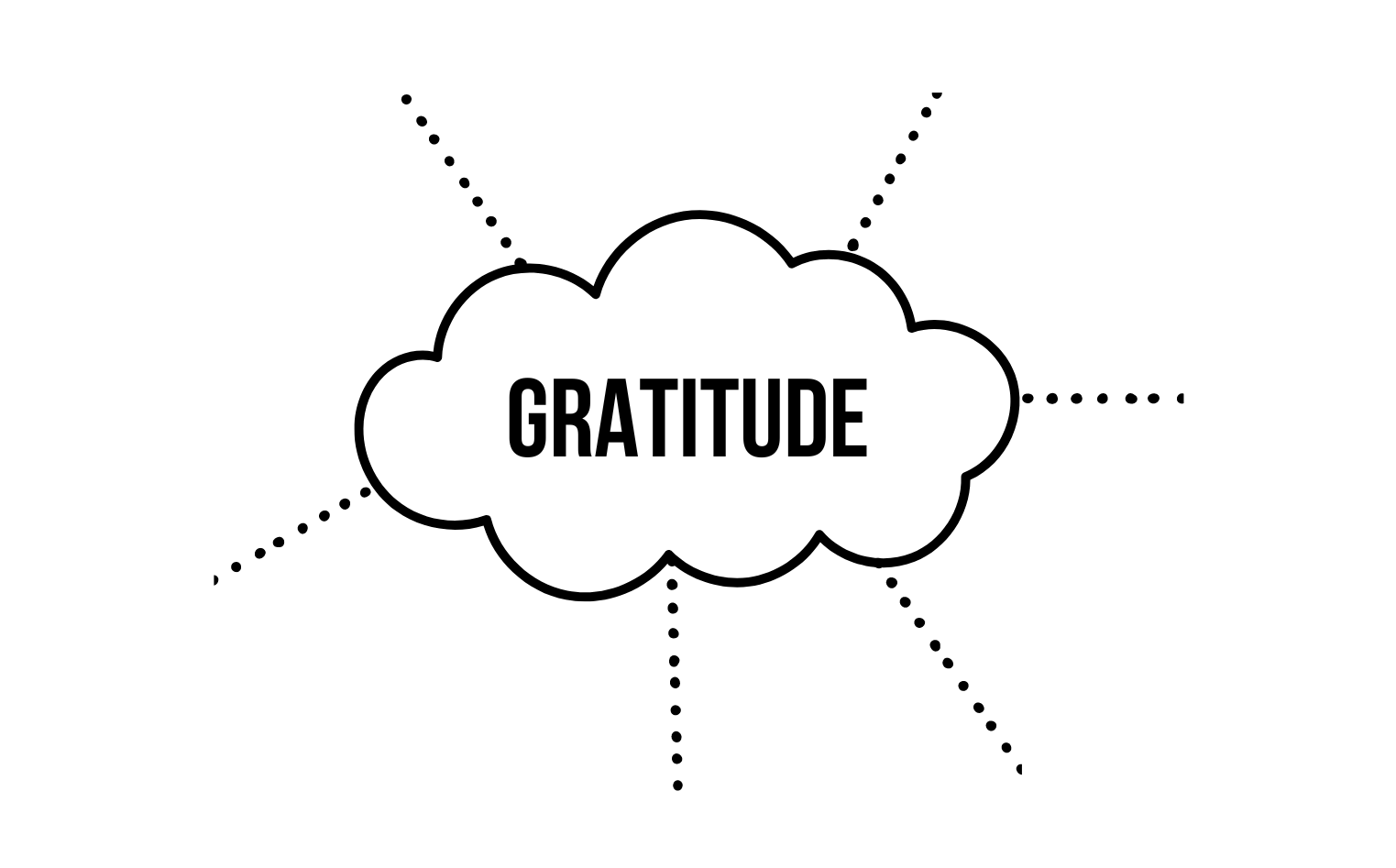
Read-Aloud: Gratitude Picture Book
A good picture book read-aloud is a wonderful way to weave in literacy, and spark new ways of thinking. I love Todd Parr’s, The Thankful Book because he shares simple moments of thanks - nothing extravagant, just everyday moments showing we don’t have to look very far to find happiness.
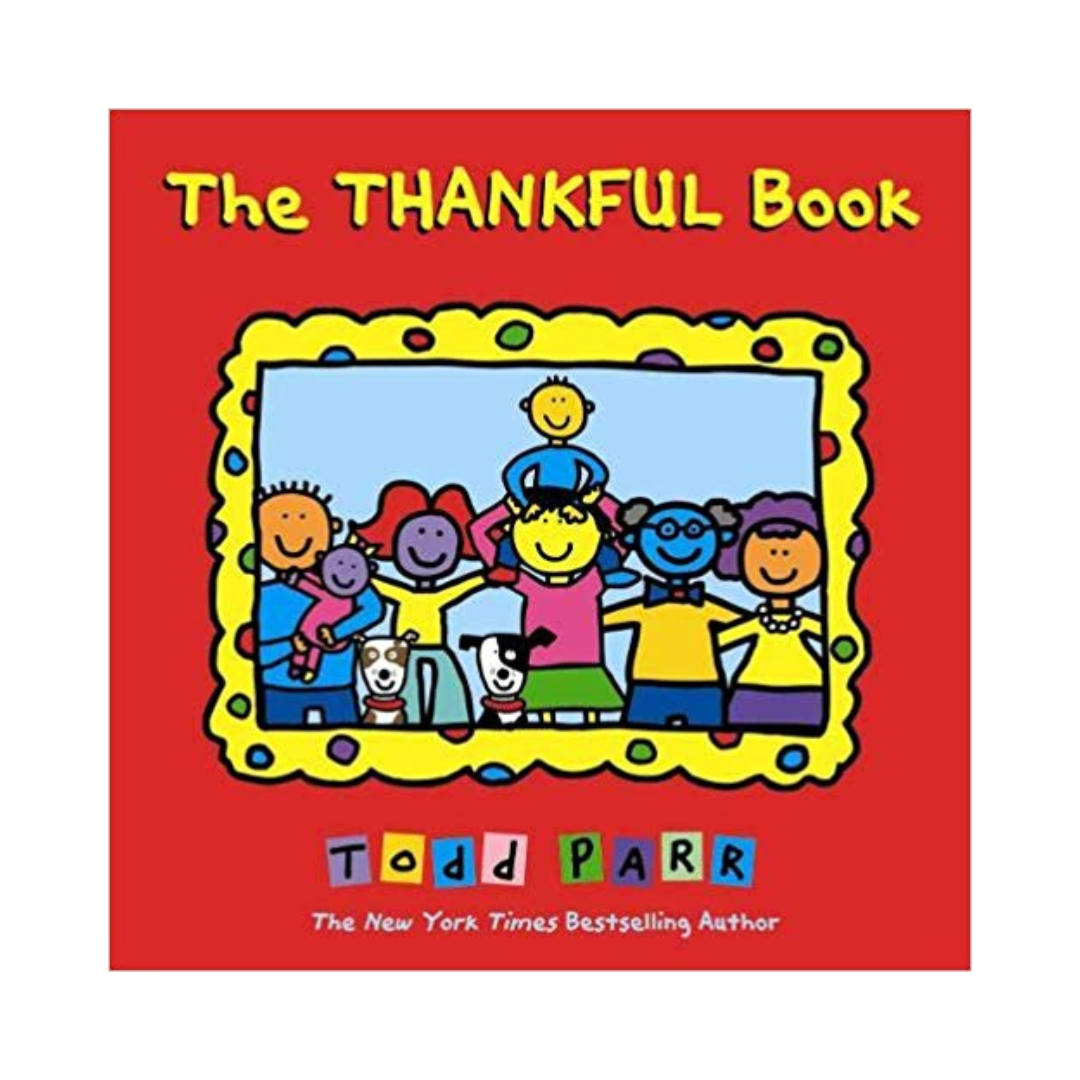
The Gratitude Game: Encourage Dialogue
When children have the opportunity to share and tell stories, they have inspiration that serves them in their writing. Play the gratitude game together as a way to encourage meaningful discussion as a family.
Shared Writing: I am thankful for
Using a simple frame “I am thankful for…” invite children to brainstorm 4-5 people, places or things they are grateful for, and encourage invented spelling. Take turns writing, and help your child "stretch" the words and reinforce the sounds he hears.
Invitation to Create: Watercolor Leaves
Tell the children you will be growing a gratitude tree. Just like trees in nature that grow season after season, our gratitude and appreciation grows, so long as we nurture it by reflecting and showing appreciation. What we focus on GROWS, just like a beautiful tree.
Using plain white coffee filters, add dabs of watercolor paint (liquid or pod-style). Let the colors “dance” together.
Allow to dry.
Next, cut out the shape of leaves. Using a black Sharpie marker, invite your child to record her words of gratitude. Examples might include: food, family, my toys…
You can also use pre-designed blank leaf templates like these if you don't have coffee filters.

Design the Gratitude Tree
Using some twigs or tree branches you’ve collected from the outdoors, decorate the bare branches using yarn, wire, beads, feathers and other loose parts.
Hang the dried watercolor leaves on the branches. (Wire works really well for this).
Tie it all together
At your Thanksgiving feast, use the new centerpiece as a way to invite dialogue about gratitude. Go around the table and share your thanks with one another.
Year after year, your family might add new branches to the centrepiece, layering on new leaves of gratitude over the years. What a beautiful memento and reminder of the many people, places and things for which we can show gratitude. 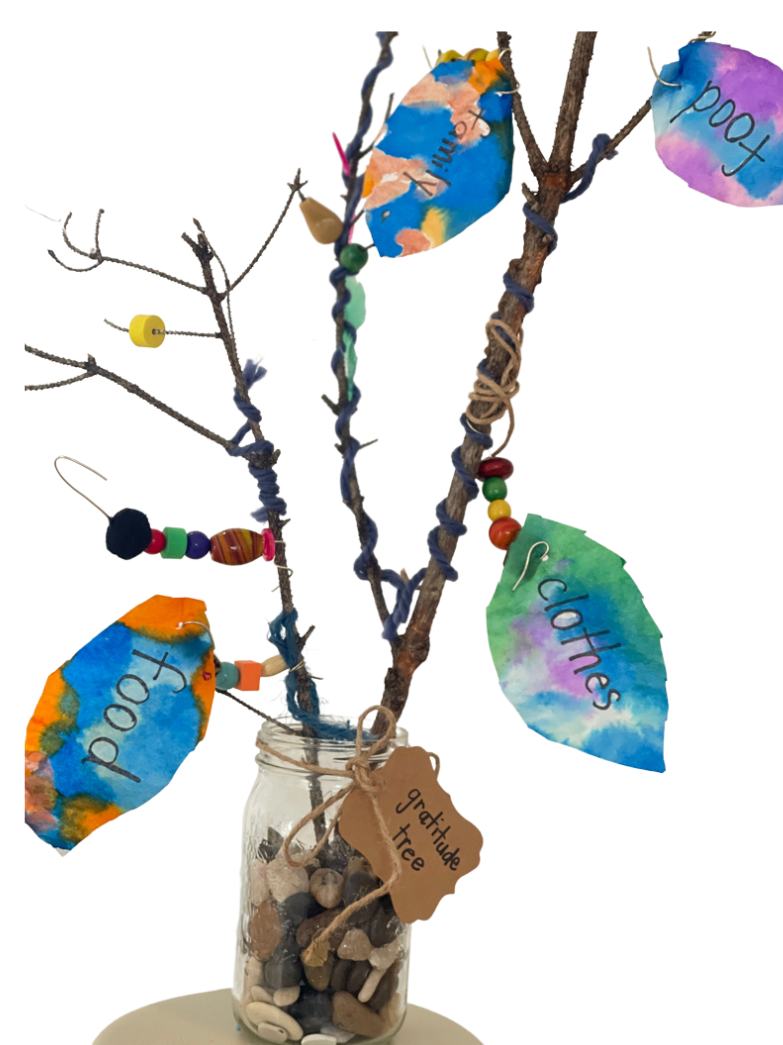
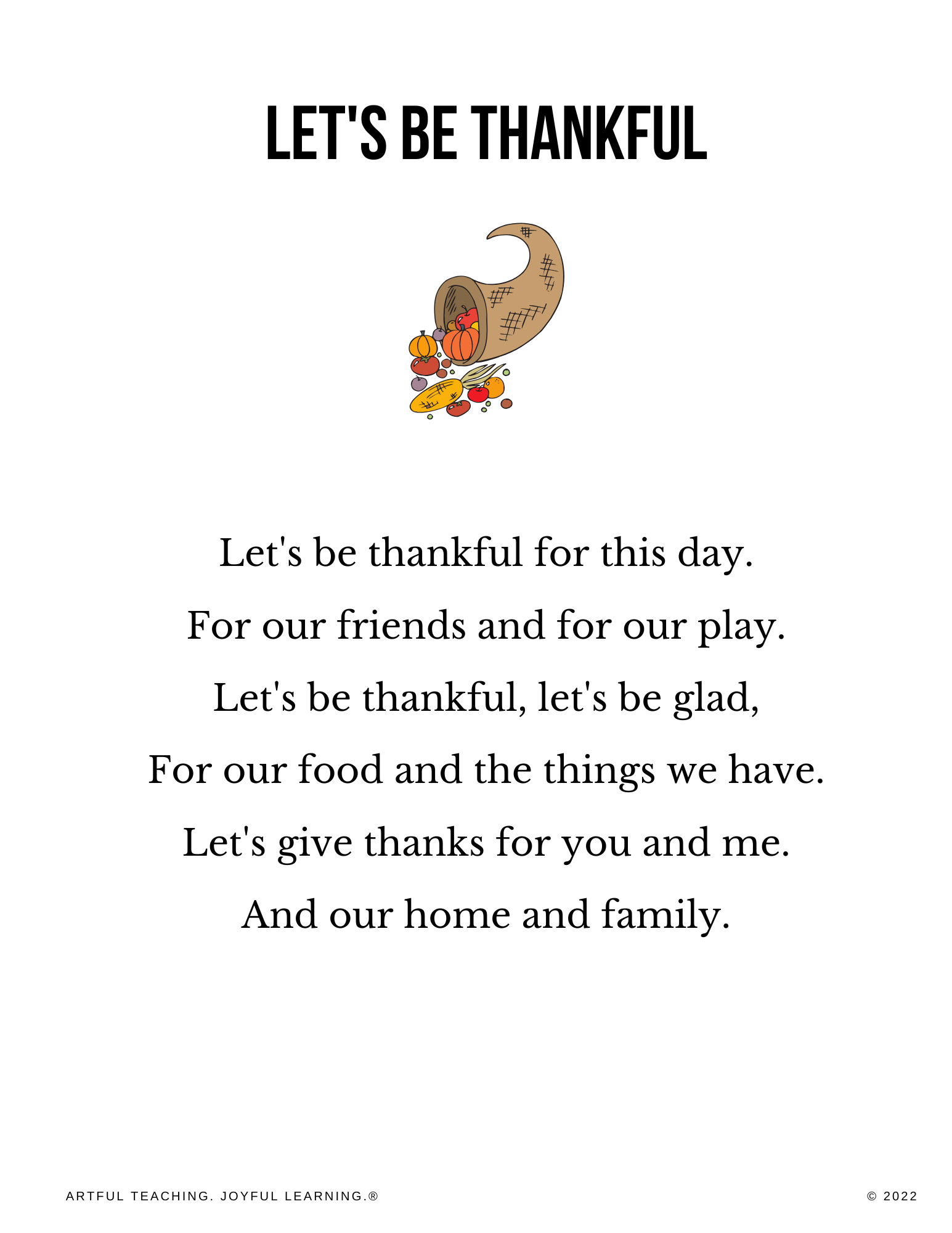
I wish you a very Happy Thanksgiving, full of gratitude, appreciation and much love.


